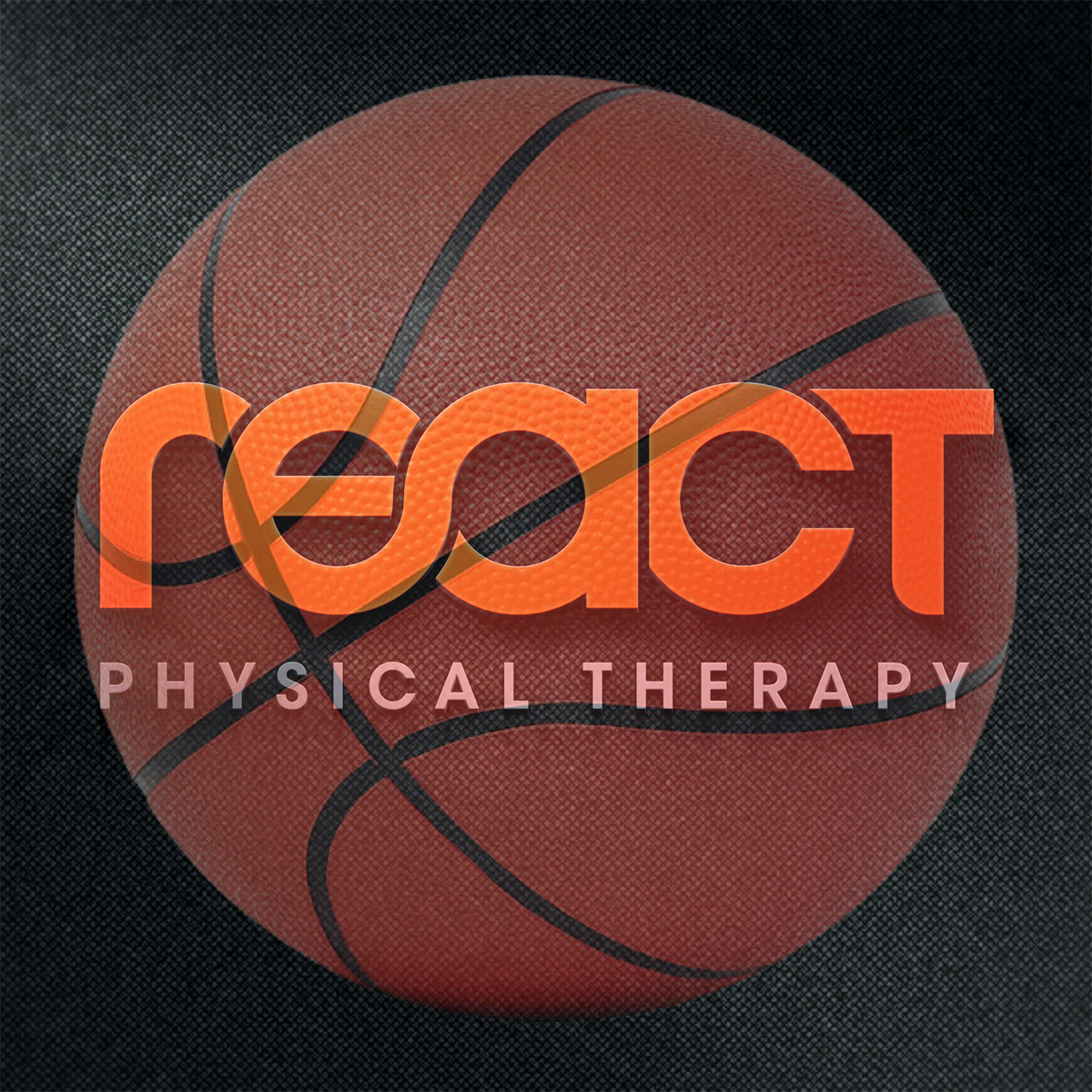Basketball: Jumping


NBA All-Star Weekend in Chicago is coming up fast! One thing that makes basketball different from the other major American sports is the amount of JUMPING that occurs. Constantly running and jumping leaves any basketball player at risk of patellar tendinopathy, or jumper’s knee. Many of your favorite players are likely playing through pain or discomfort from jumper’s knee, as prevalence is estimated from 45-52% in elite athletes; however, completely ignoring the symptoms could lead to a more serious injury—patellar tendon rupture—as experienced most recently by Andre Roberson and Jeremy Lin (yes, I know they’re not all-stars).
⠀⠀⠀⠀⠀⠀⠀⠀⠀⠀⠀
People with jumper’s knee likely have some swelling around the patellar tendon (the fibrous band below your knee cap), tenderness when you press on the lowest portion of your knee cap, and pain when just beginning and just following recreational activities. ⠀⠀
⠀
Eccentric loading (using the muscle as it gets longer) of your quad and patellar tendon is essential when preventing and treating the jumper’s knee.
The lateral stepdown is one exercise you can use to strengthen in this way Video Demonstration:
•Stand sideways on a step with one leg floating over the empty space.
•Slowly bend the standing knee and tap your other heel to the ground.
•Straighten your standing knee to come back up.
Note: Keep your knee in line with your toes (no falling in), and keep your hips parallel to the ground (no tilting sideways)
If you are dealing with patellar tendon issues, pain is OK, and even recommended, during this exercise. Just keep your pain manageable (3 out of 10 pain or less on your personal scale)!
-Andrew Yoon, PT, DPT (West Loop)